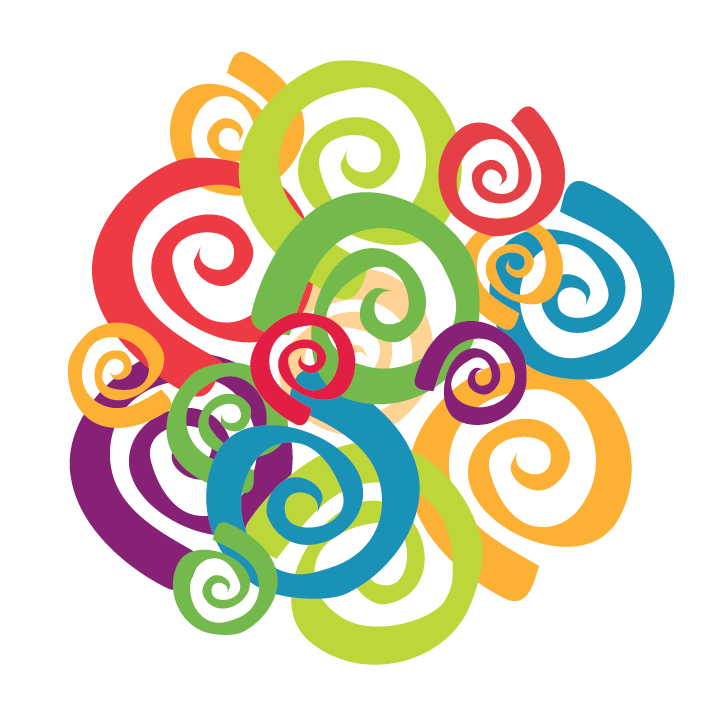Continuing the Art of Play
November 20, 2024
Artist: Grace Crowley
Join Zoom Meeting / Class
https://us02web.zoom.us/j/87618016665
Counted among Australia's first abstract artists, Crowley was central to the move to non-objective art in mid-century Sydney. Having studied in Paris under leading Cubist artists André Lhote (1885-1962) and Albert Gleizes (1881-1953) in the early 1920s, she returned to an Australian art world hostile to her modernist preoccupations. Only in the late sixties, several decades after Crowley exhibited her earliest geometric abstractions, did the painter find belated recognition. In addition to her pursuits as an artist, Crowley taught at leading Sydney art schools and worked to further the career of her friend and former student Ralph Balson (1890-1964), to whom history has lent the moniker of 'father of Australian abstraction'. Crowley's oeuvre - represented in only a dozen drawings and twenty-five paintings - notates the trajectory of her formal language, from her early Impressionist scenes to Cubist canvases, first forays into abstraction and final poured paintings. Composed with the aid of paper cutouts and string, Abstract Painting has about it a bright transparency despite the opacity of its pigment.
The many forms, appearing layered one upon the other, offer at each intersecting plane discrete studies in colour mixing.
— Great Women published by Phaidon
Warm-up + Project
Our focus this week will be the abstract paintings that Crowley did in 1950"s - 1960s.
Let's look at the shapes, colors, and string-like lines that she incorporated into many of her abstract paintings. You may decide to use cut paper and string as Crowley experimented with in building her ideas for her abstract oil paintings on the composition board.
Let’s relax this week and work with colorful shapes and lines.
Play is the focus!
1950 | oil on composition board
Painting 1951 | Oil on composition board
1953
© Copyright 2024 | The Joy of Creativity









